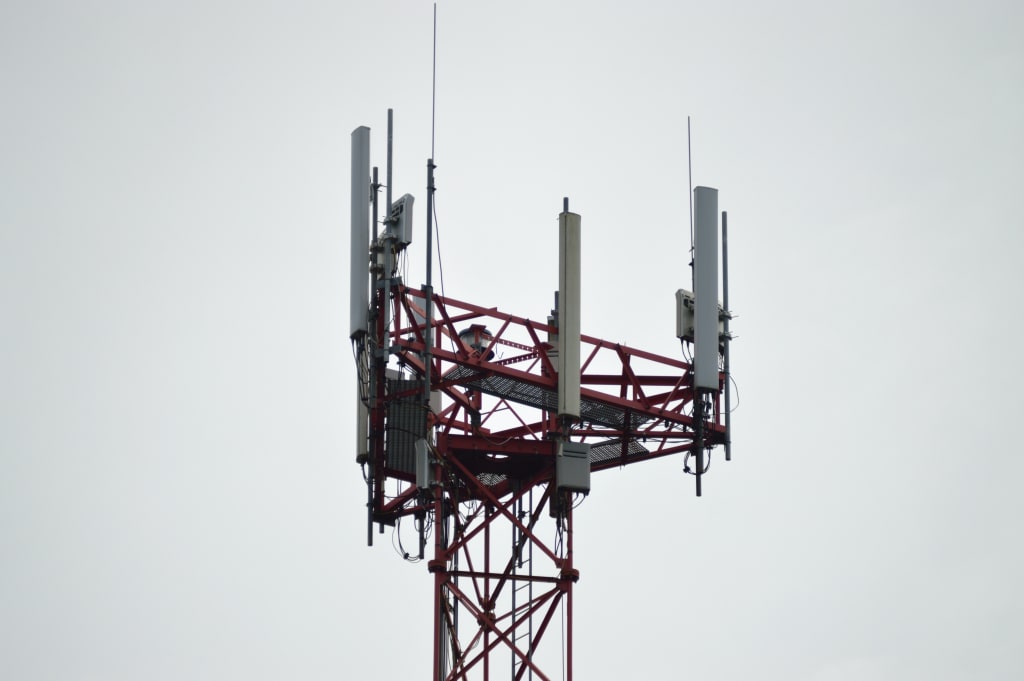WHO IS THE OWNER OF THE INTERNET
source of internet

The internet is not owned by any single individual or entity. It is a decentralized network of interconnected computer networks, and there is no central authority that controls or owns it. Instead, the internet is governed by a set of protocols and standards that enable communication and information sharing between devices and networks.
Various organizations and entities play a role in maintaining and operating the infrastructure that makes up the internet, including Internet Service Providers (ISPs), domain name registrars, and data centers. However, none of these entities owns or controls the entire internet.
In summary, the internet is a decentralized network that is not owned or controlled by any single individual or organization. Instead, it is governed by a set of protocols and standards that enable communication and information sharing between devices and networks.
How to connect to the internet
To connect to the internet, you need to follow these general steps:
Choose an internet service provider (ISP): You can select an ISP that provides internet connectivity in your area. Common types of internet connectivity include broadband, fiber-optic, and satellite internet.
Choose a device to connect to the internet: You can connect to the internet using a desktop computer, laptop, tablet, or smartphone. These devices require an internet connection, which can be wired or wireless.
Set up your internet connection: Once you have selected an ISP and device, you need to set up your internet connection. This typically involves connecting your device to a modem or router, configuring network settings, and entering login credentials provided by your ISP.
Connect to the internet: After setting up your internet connection, you can connect to the internet by opening a web browser or using online applications.
It's worth noting that the specific steps to connect to the internet may vary depending on your location, device, and internet service provider. You may need to refer to the documentation provided by your ISP or device manufacturer for more detailed instructions

How to store the internet
It's not possible to "store" the entire internet in one place as it is a vast and constantly evolving network of interconnected computer networks, servers, and devices that span the globe. However, individual websites and online content can be stored using various methods:
Local storage: You can download or save individual web pages or content, such as images or videos, to your local device for offline access. Most web browsers have built-in features to save web pages or content.
Cloud storage: You can use cloud storage services, such as Google Drive or Dropbox, to store and access online content from anywhere with an internet connection.
Web archiving: Web archiving is the process of capturing and preserving websites and online content over time. Organizations like the Internet Archive and national libraries around the world are dedicated to web archiving to ensure that historical online content is preserved for future generations.
Data centers: Large companies and organizations that provide internet services, such as Google or Facebook, store their data in massive data centers located around the world. These data centers use sophisticated technology to store and process vast amounts of data.
How to make the internet
Creating the internet is a complex process that requires significant resources, infrastructure, and expertise. It involves building a network of interconnected computer networks, designing and implementing communication protocols, and developing applications and services to run on top of the network.
If you are interested in building a network for your own personal or business use, there are a few things you can do:
Choose an internet service provider (ISP): You can select an ISP that offers broadband or fiber-optic internet connectivity, and sign up for a service plan that suits your needs.
Set up a network infrastructure: You can build a local area network (LAN) by connecting your devices to a router or switch and configuring the network settings.
Create a website or online presence: You can create a website or social media profile to share your content or promote your business.
Develop applications or services: If you have programming skills, you can develop applications or services that run on top of the internet to provide useful functionality for users.
However, it is important to note that creating the internet as we know it today requires a large-scale effort involving governments, academic institutions, and private companies working together over several decades.
What is the internet?
The internet is a global network of interconnected computer networks that use standardized communication protocols to exchange data and information. It enables individuals and organizations around the world to communicate and share information, regardless of their physical location. The internet allows us to access various services, such as email, social media, online shopping, online banking, and entertainment, among others. It has become an essential part of our daily lives, and its impact on society and the economy is significant.
About the Creator
NSK RAJU
I am blog writer .pls motivation me thanks to comming my page.
Enjoyed the story? Support the Creator.
Subscribe for free to receive all their stories in your feed. You could also pledge your support or give them a one-off tip, letting them know you appreciate their work.






Comments
There are no comments for this story
Be the first to respond and start the conversation.